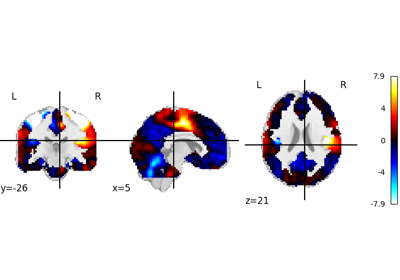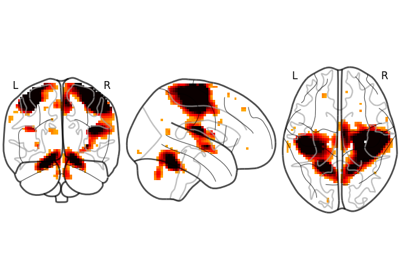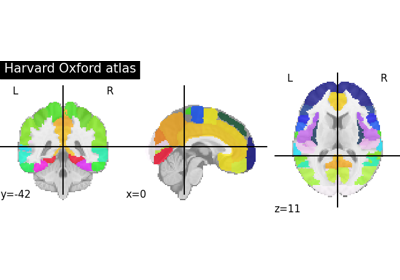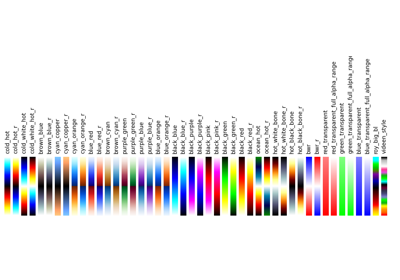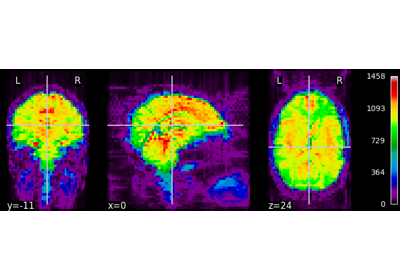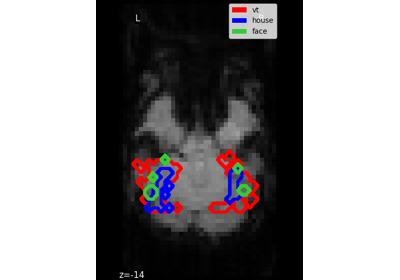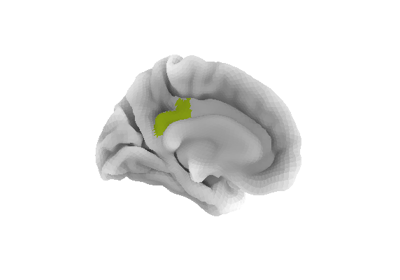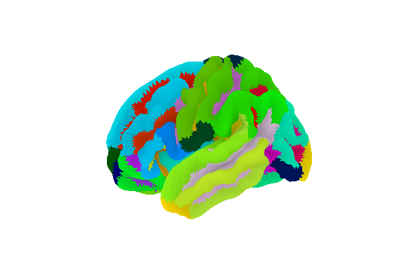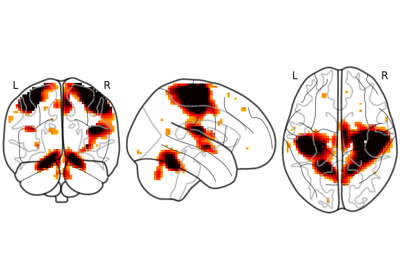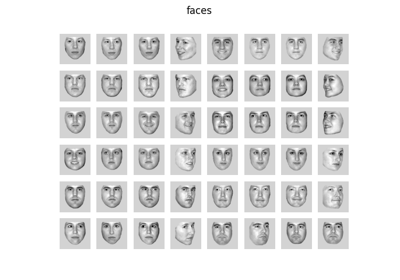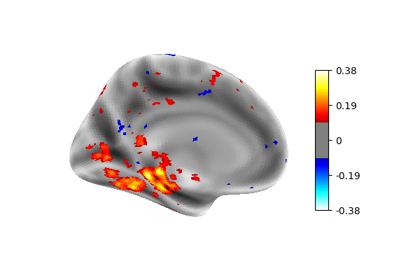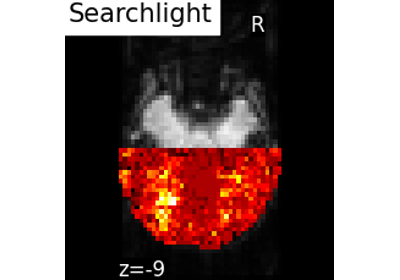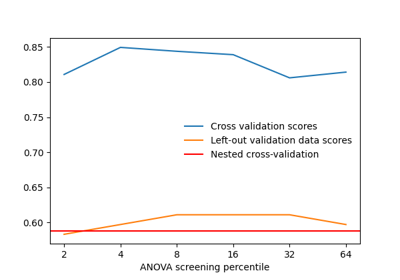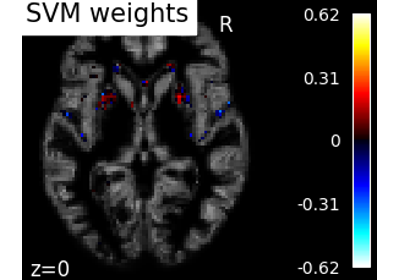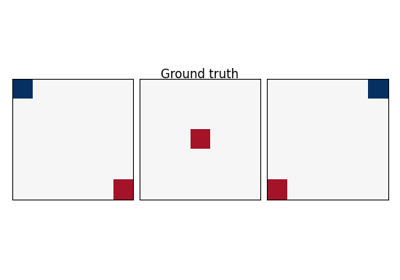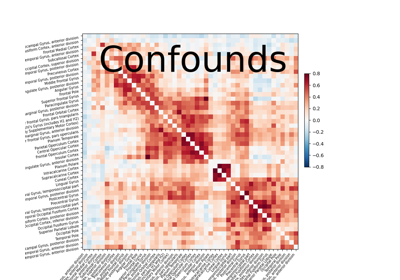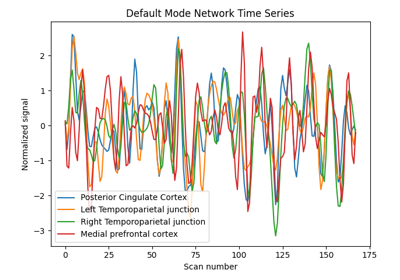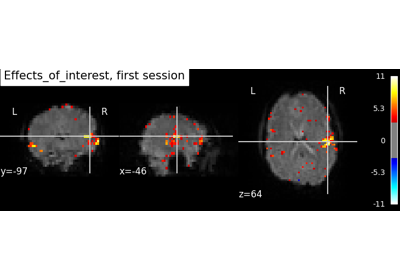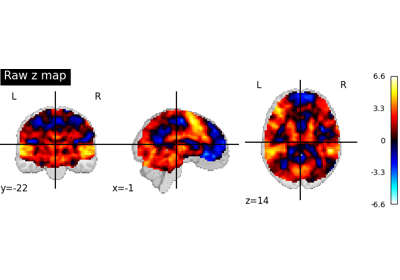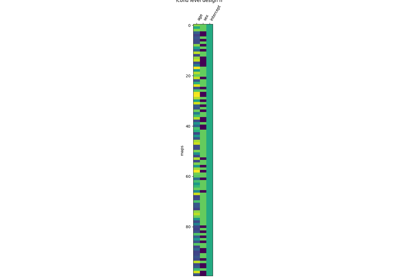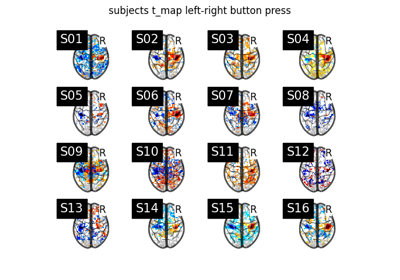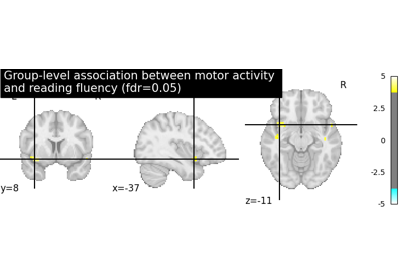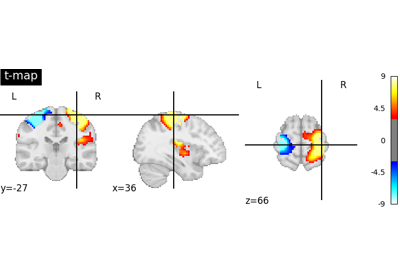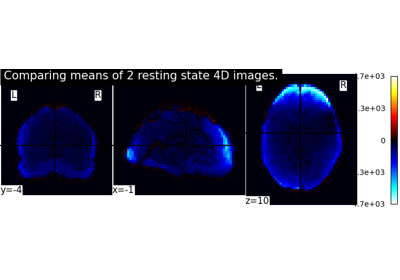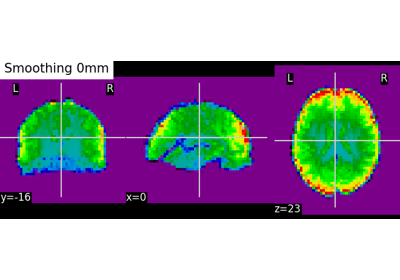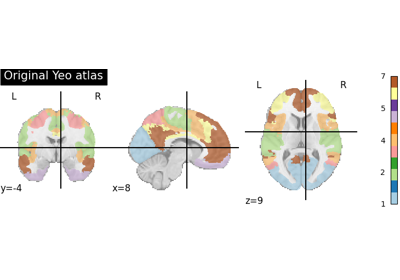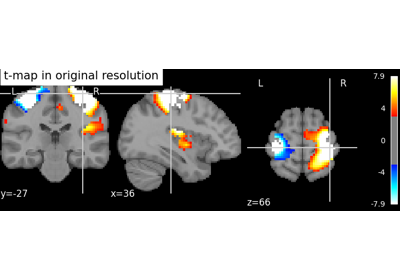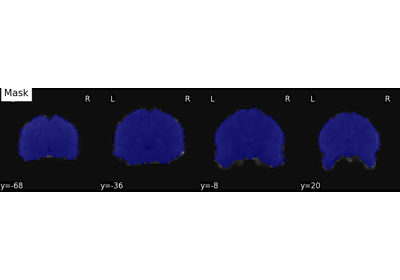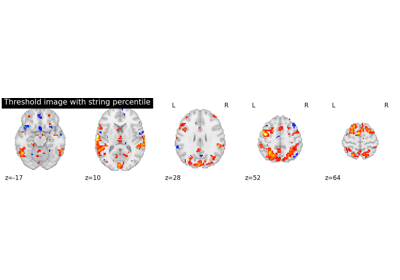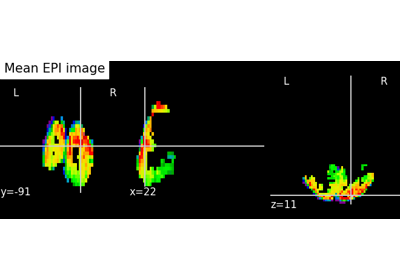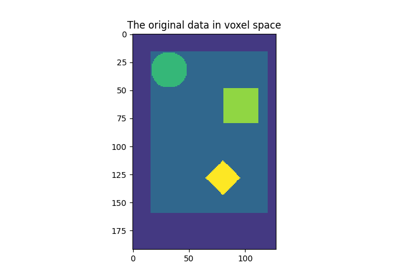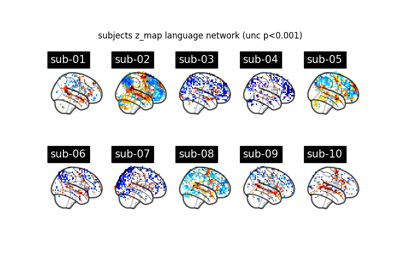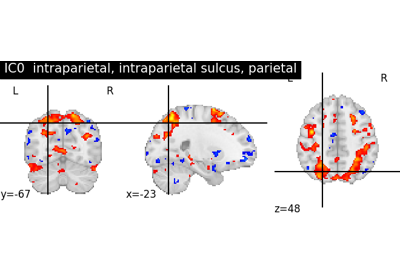Note
This page is a reference documentation. It only explains the function signature, and not how to use it. Please refer to the user guide for the big picture.
nilearn.plotting.show#
- nilearn.plotting.show()[source]#
Show all the figures generated by nilearn and/or matplotlib.
This function is equivalent to
matplotlib.pyplot.show, but is skipped on the ‘Agg’ backend where it has no effect other than to emit a warning.
Examples using nilearn.plotting.show#

Basic nilearn example: manipulating and looking at data
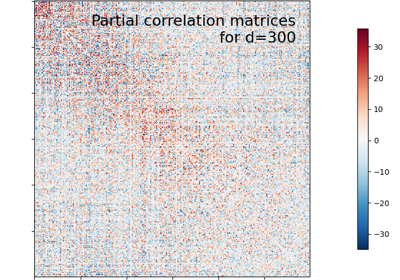
Visualizing Megatrawls Network Matrices from Human Connectome Project
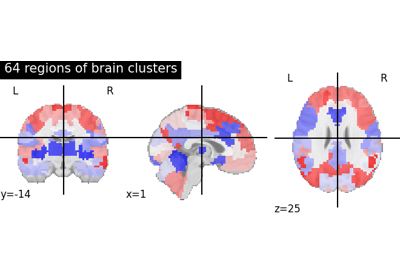
Visualizing multiscale functional brain parcellations

Visualizing a probabilistic atlas: the default mode in the MSDL atlas
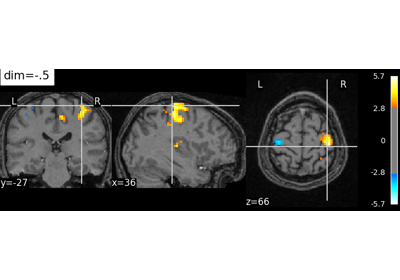
Controlling the contrast of the background when plotting
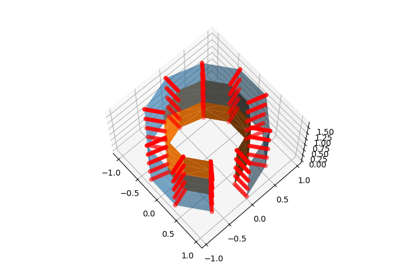
Technical point: Illustration of the volume to surface sampling schemes
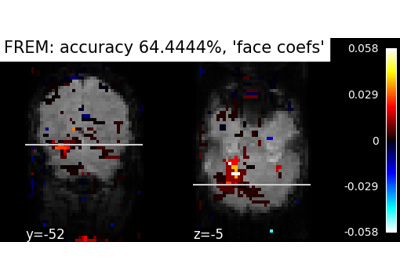
Decoding with FREM: face vs house object recognition
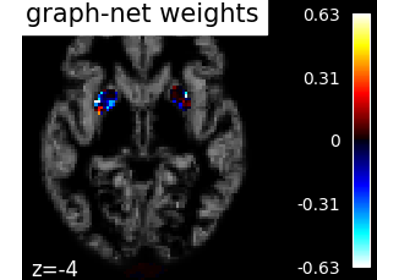
Voxel-Based Morphometry on Oasis dataset with Space-Net prior
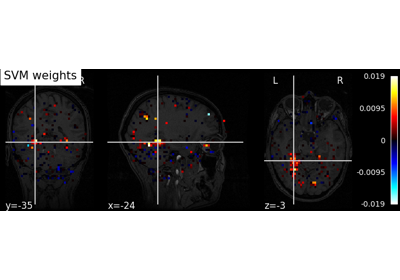
Decoding with ANOVA + SVM: face vs house in the Haxby dataset
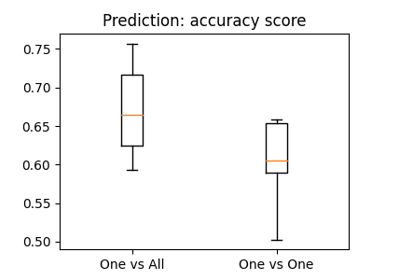
The haxby dataset: different multi-class strategies
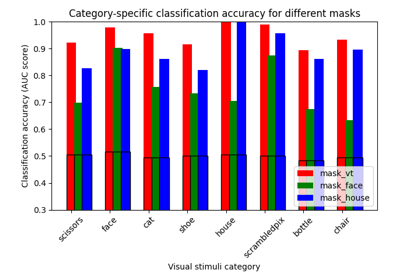
ROI-based decoding analysis in Haxby et al. dataset
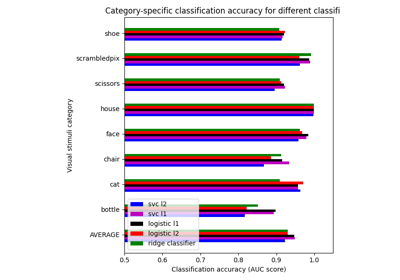
Different classifiers in decoding the Haxby dataset
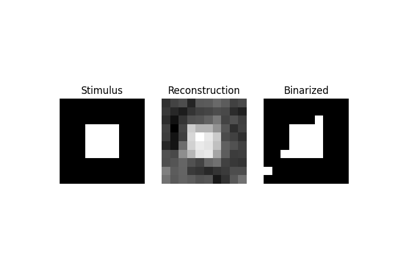
Reconstruction of visual stimuli from Miyawaki et al. 2008
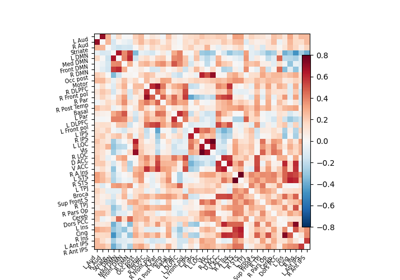
Extracting signals of a probabilistic atlas of functional regions
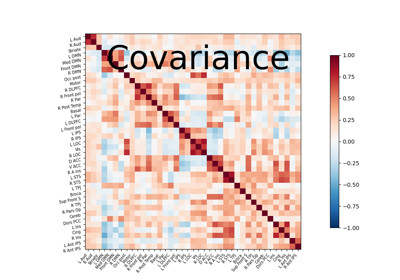
Computing a connectome with sparse inverse covariance
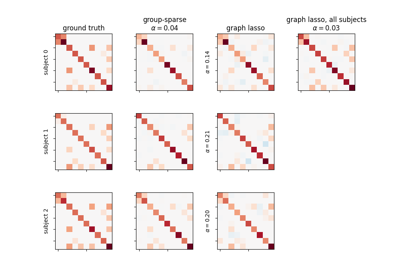
Connectivity structure estimation on simulated data
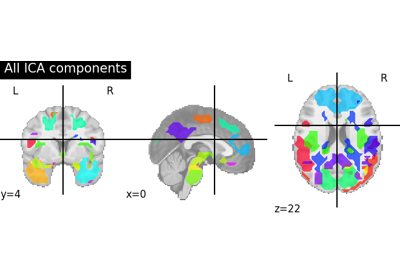
Deriving spatial maps from group fMRI data using ICA and Dictionary Learning
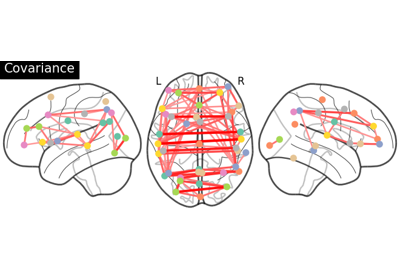
Group Sparse inverse covariance for multi-subject connectome
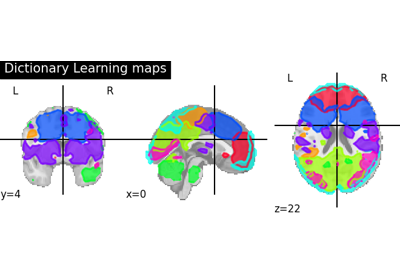
Regions extraction using dictionary learning and functional connectomes
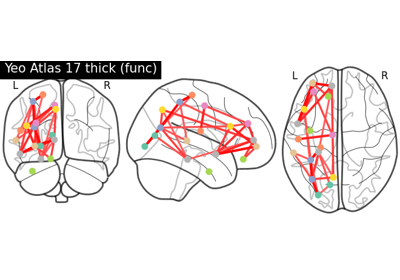
Comparing connectomes on different reference atlases

Classification of age groups using functional connectivity

Example of explicit fixed effects fMRI model fitting
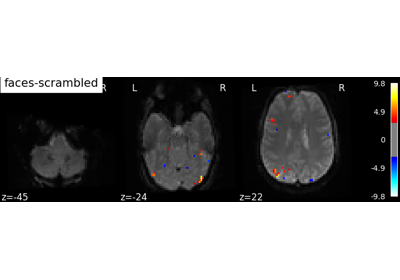
Single-subject data (two sessions) in native space

Second-level fMRI model: true positive proportion in clusters
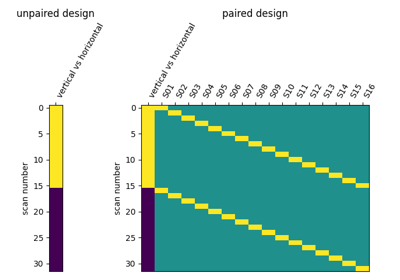
Second-level fMRI model: two-sample test, unpaired and paired
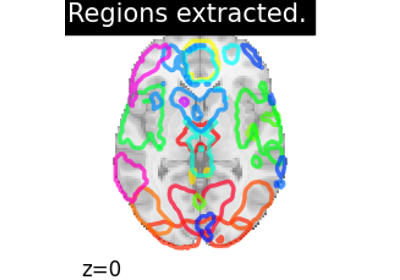
Regions Extraction of Default Mode Networks using Smith Atlas
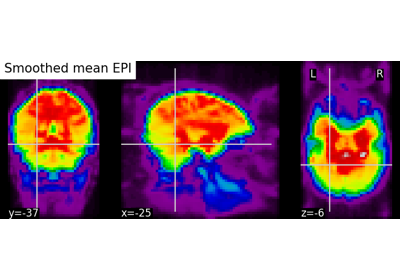
Computing a Region of Interest (ROI) mask manually
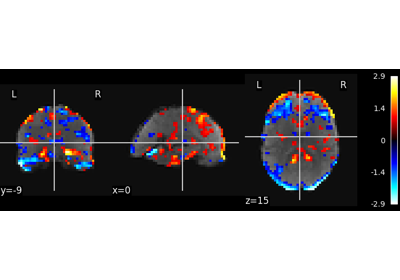
Multivariate decompositions: Independent component analysis of fMRI
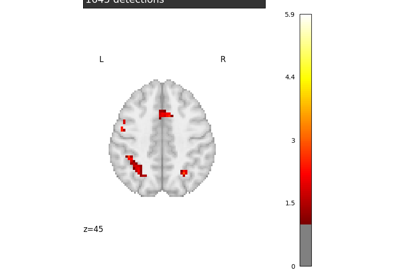
Massively univariate analysis of a calculation task from the Localizer dataset
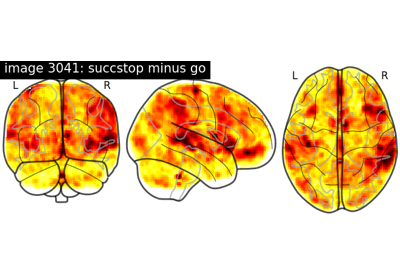
NeuroVault meta-analysis of stop-go paradigm studies.
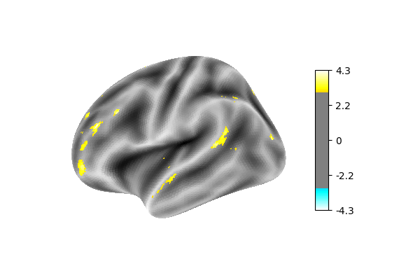
Surface-based dataset first and second level analysis of a dataset
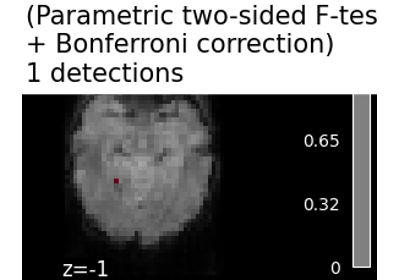
Massively univariate analysis of face vs house recognition
